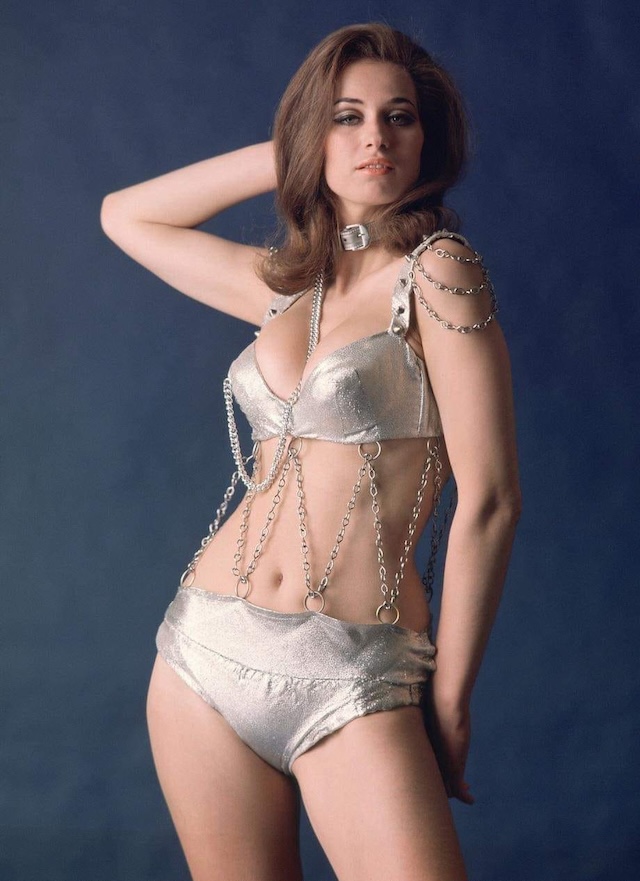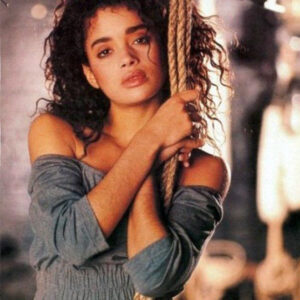Valerie Leon, best known for her iconic roles in Hammer Horror films, had the rare opportunity to play the lead role in Blood from the Mummy’s Tomb (1971), one of the most notable entries in the genre. However, what was meant to be a star-making turn soon became marked by tragedy and misfortune, earning the film a reputation for its cursed production. As the character Tera, a cursed Egyptian Queen, Valerie’s performance was both captivating and central to the storyline. Yet, behind the scenes, the production was beset by a series of events that would define its legacy, transforming it into a cult classic in the Hammer Horror cannon.
The Curse of Blood from the Mummy’s Tomb
The troubled production of Blood from the Mummy’s Tomb began almost immediately. It was intended to be a grand reimagining of the Mummy genre, but what ensued was a series of misfortunes that would haunt the film. Valerie Leon, in her only lead role in a Hammer Horror film, had the difficult task of portraying the mysterious and malevolent Queen Tera, whose resurrection causes chaos and death. But the troubled filming process soon overshadowed the project.
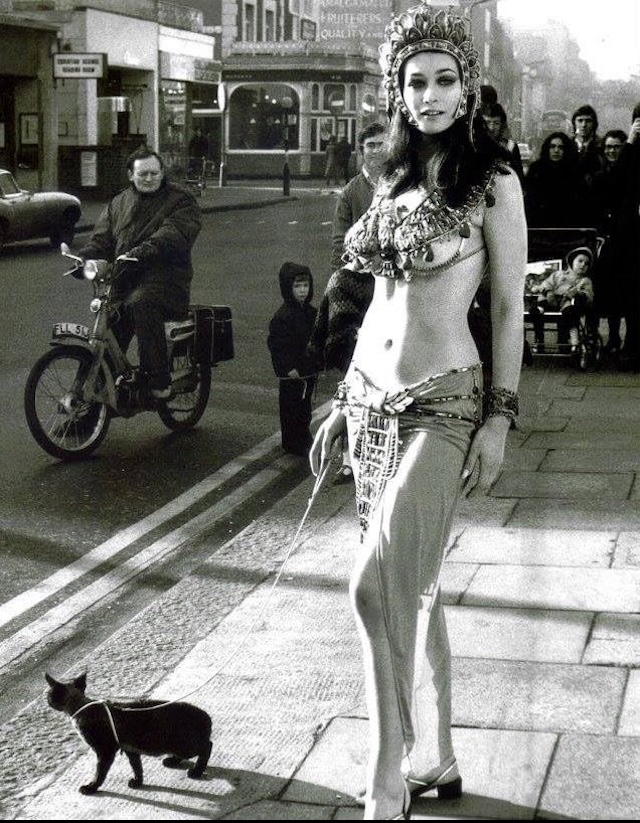
The first blow struck when Peter Cushing, the legendary British actor who was playing Valerie’s father, the Professor, was forced to leave the production after receiving devastating news about his wife, Helen, who had fallen seriously ill. Cushing, known for his iconic roles in Hammer films, had become a staple of the genre, and his sudden departure left a significant gap in the film. Andrew Keir, who was brought in to replace Cushing, had to reshoot many of the scenes that were initially filmed with the star, further complicating the already delicate production.
Tragic Losses: Andrew Keir’s Accident and Seth Holt’s Sudden Death
The misfortune continued to plague the film as the production saw even more setbacks. In a tragic turn of events, a young man from the arts department, who was involved in the film, was killed in a motorcycle accident. The timing of his death was eerily similar to the fate of Valerie’s fiancé in the movie, further adding to the unsettling atmosphere that surrounded the set. The loss of life was a dark omen, and the crew could not shake the feeling that the production was doomed.
Then, the tragedy took an even darker turn when the film’s director, Seth Holt, unexpectedly passed away. After struggling with what seemed to be an ongoing case of the hiccups for several days, Holt tragically died of a heart attack after attending a dinner party with his wife. This loss was deeply felt by Valerie and the rest of the cast and crew. Valerie later expressed how devastated she was by Holt’s death, as she had greatly admired his work and his direction.
With the sudden loss of the director, the producer Michael Carreras took over, but the challenges kept mounting. The production faced numerous issues under Carreras’s leadership, and the film was left with a fractured and incomplete feel. By the time it was released, Blood from the Mummy’s Tomb had earned the reputation of a “B movie”—a classification that suggested it was a low-budget, poorly made film. The film had lost its star power, and its production struggles affected its critical reception, as it failed to live up to the expectations set by previous Hammer Horror successes.
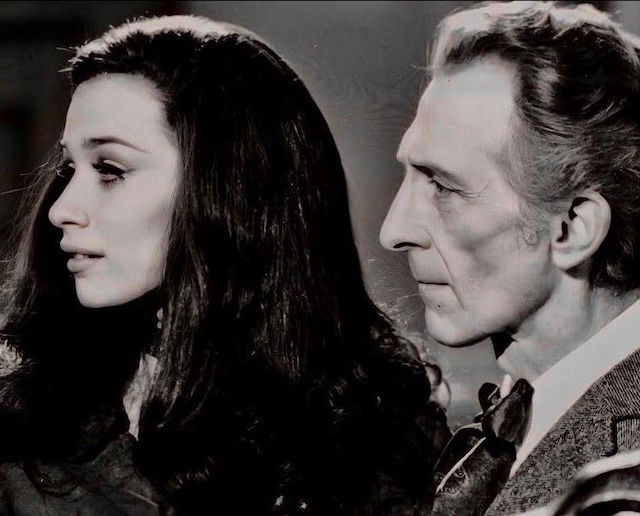
Blood from the Mummy’s Tomb and Its Place in Hammer Horror Legacy
Despite its troubled production, Blood from the Mummy’s Tomb eventually found its place in the pantheon of Hammer Horror films. The movie, while not as successful as some of its predecessors, became a beloved entry for fans of the genre. Critics like John Higgins from Starburst described it as “a darkly fun yarn” that showcased the potential of the Hammer label even under challenging circumstances. Another critic, Grant Watson from Fiction Machine, commented on how the film still delivered the key elements fans expected from a Hammer Horror production, such as blood, violence, and low-level nudity, giving it a cult following among fans.
While the film’s production issues prevented it from being a major box office success, Blood from the Mummy’s Tomb has since been recognized as a product of its time. Its eerie atmosphere, combined with the tragic events surrounding its making, only added to its mystique. Valerie Leon’s portrayal of Queen Tera stands out as one of the defining elements of the film, and her performance became a signature moment in her career.
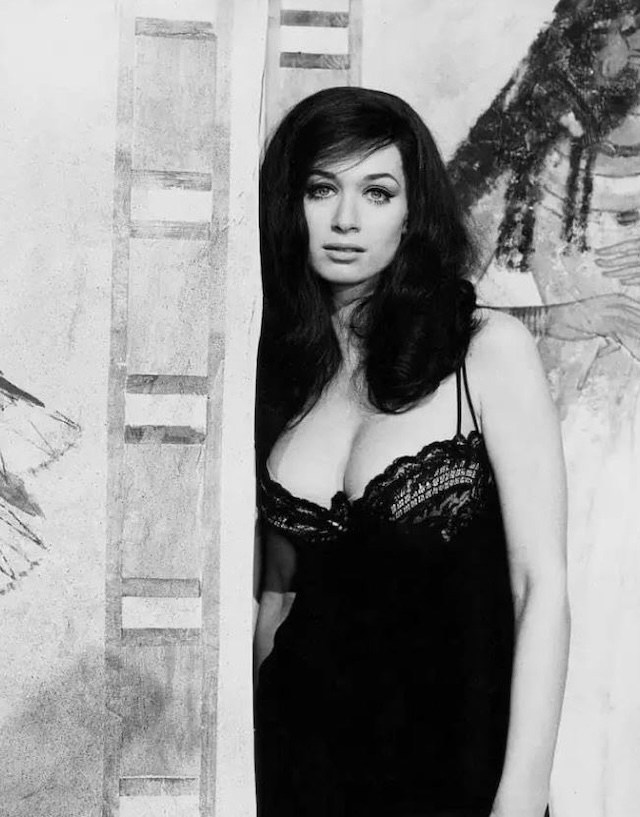
Valerie Leon’s Career: From Supermodel to Iconic Film Roles
Valerie Leon’s career extended far beyond Blood from the Mummy’s Tomb. Before stepping into the world of Hammer Horror, Valerie had made her mark as a successful model and actress. Her beauty and elegance made her a sought-after name in the film industry, and she was featured in several other iconic British films. In addition to her work with Hammer, Valerie appeared in the beloved Carry On series, where she became known for her comedic timing and charm. She also found herself working with major Hollywood productions like The Italian Job (1969) and No Sex Please, We’re British (1973).
One of the highlights of Valerie’s career was her role as a Bond Girl in The Spy Who Loved Me (1977) and Never Say Never Again (1983), where she worked alongside James Bond legends Roger Moore and Sean Connery. Her career was a mixture of action, comedy, and drama, and she was known for her ability to navigate these genres with ease, leaving a lasting impression on filmgoers.
Beyond her film career, Valerie has maintained a quiet and dignified presence, becoming a staple of British television and working on a variety of projects. Today, she is remembered not only for her beauty and acting talent but also for the versatility she brought to every role she played.
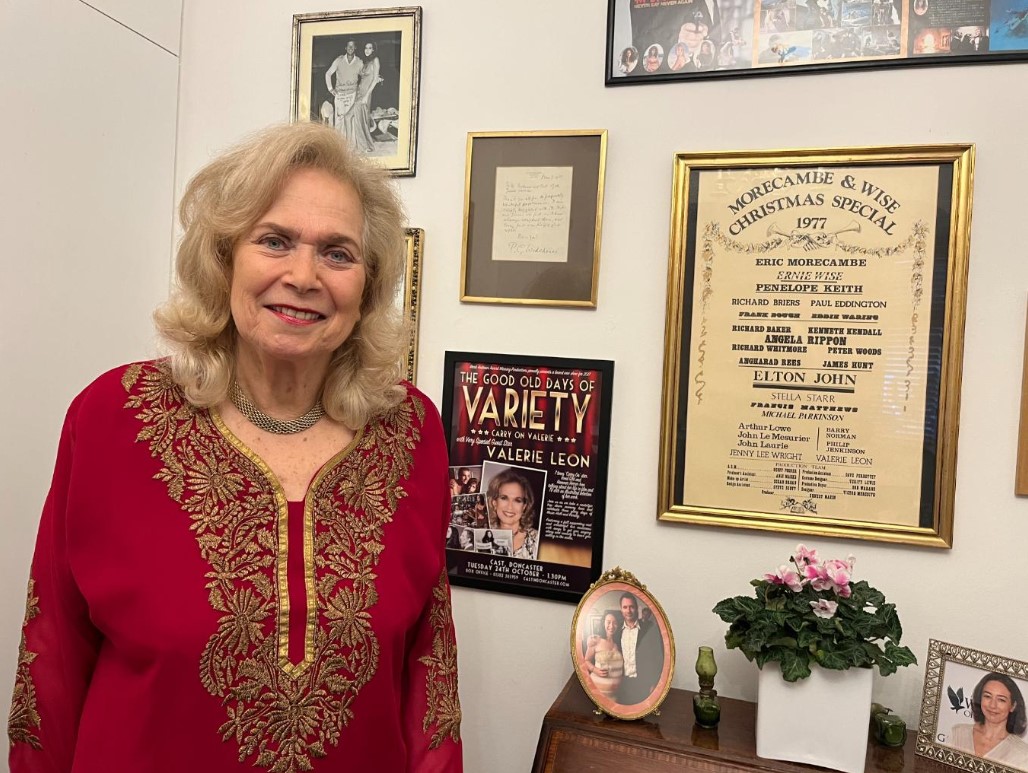
Legacy and Reflections on a Storied Career
Valerie Leon’s journey in the film industry is one filled with both triumphs and challenges. From her early days in the Carry On films to her time working with Hammer Horror, she has built a legacy that is revered by fans and critics alike. Though Blood from the Mummy’s Tomb faced significant hurdles, it remains a key part of her career and a beloved film within the Hammer Horror genre.
Valerie’s career, marked by her work in iconic films, her role as a Bond girl, and her advocacy for the preservation of classic cinema, continues to inspire new generations of actors and filmmakers. As she reflects on her experiences in the industry, Valerie stands as a symbol of resilience, talent, and the enduring appeal of British cinema.
